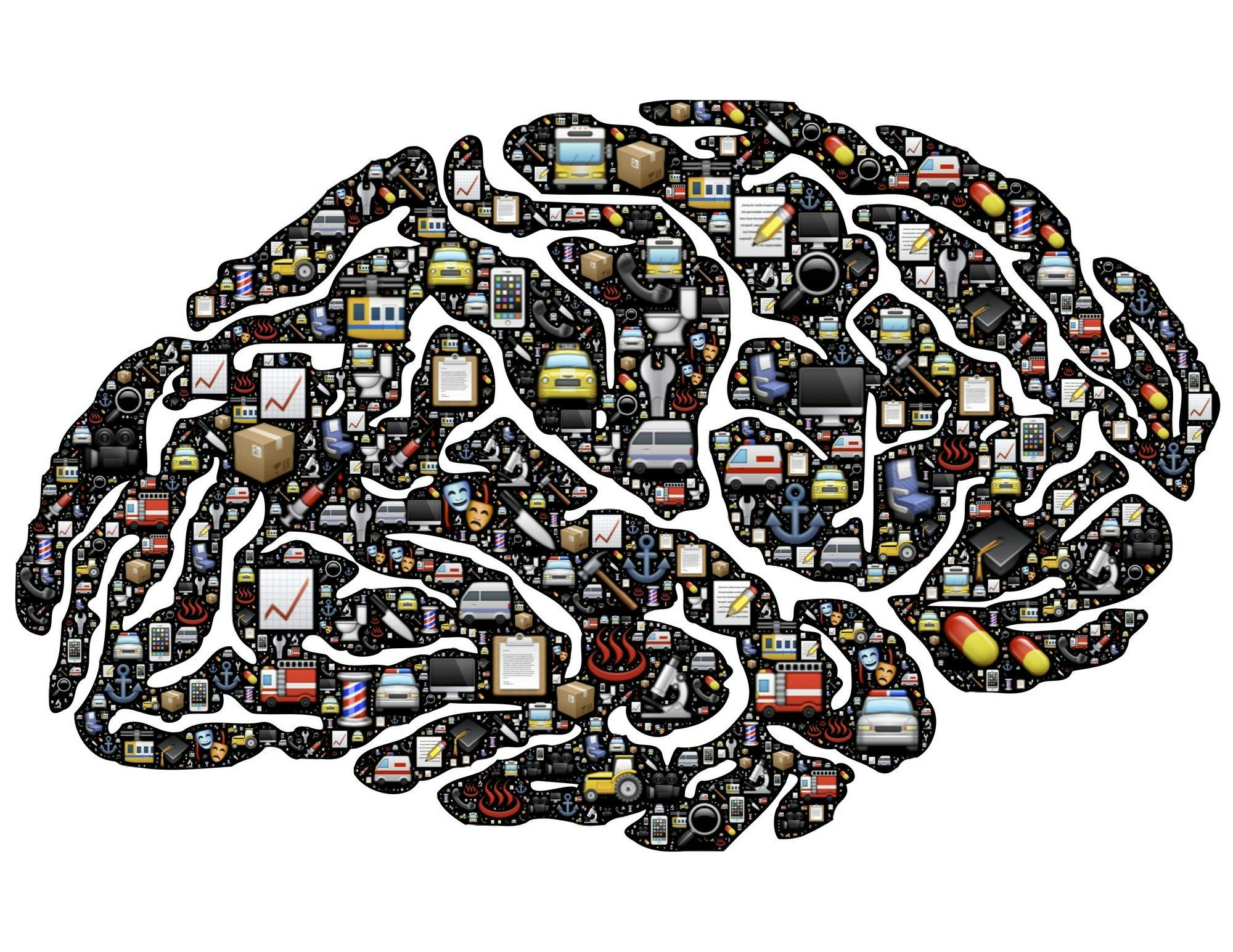Think of the human brain like a puzzle: an elaborate system of communication between many different linking pieces. Except, a few of the pieces are dusty, and it’s hard to discern where they fit to make a larger picture. Scientists have been working to further differentiate the functions of these pieces — brain cells — to further examine brain function and potentially combat certain neurological diseases.
The human brain consists of neurons, which send and receive signals for bodily processes, and glia, cells that support, connect and protect neurons. While every cell in the human brain generally contains the same DNA, different sections of the sequence categorized as separate genes are used as blueprints to create proteins which facilitate brain function. The variation in which cell produces which protein creates this vast diversity of neurons found in the human brain.
21 studies published in “Science,” “Science Advances” and “Science Translational Medicine,” were supported by the National Institutes of Health’s Brain Research Through Advancing Innovative Neurotechnologies Initiative. The sum of their efforts in studying over 3,000 cell types in the brain and mapping their regional distribution has created a “brain atlas,” the clearest depiction of human brain structure and function yet. Ed Lein, a researcher involved with the project, told Reuters, “The brain cell atlas as a whole provides the cellular substrate for everything that we can do as human beings.”
Researchers were surprised that neuron diversity was mainly centralized in the evolutionarily older midbrain and hindbrain structures, which deal with motor movement, respiratory rhythms, heart rate and many other processes. This is because the regions of these brain structures were first part of the Homo sapiens before humans developed the pink, squishy neocortex that people are more familiar with. The neocortex deals with more complex behaviors, such as language-usage, learning, decision-making, memory, personality, emotion and intelligence. As such, the brain atlas initiative has opened the door for further research on the complexities of the human brain’s older structures.
In addition, the studies made some important connections between neuron type and certain neurological disorders. Researchers confirmed a connection between microglia, a type of glial cell, and Alzheimer’s disease, a condition marked by impairment of memory and other cognitive functions. Specifically, microglia can become activated in a manner that increases brain inflammation and induces neurodegeneration depending on a complicated interplay with certain proteins in the brain.
Despite the many discoveries that have come with the brain atlas, scientists are still working to unravel the great mysteries of the human body’s most complex organ. However, this recent research is extremely promising, giving researchers the ability to not only better understand brain functions but then apply this knowledge to everything from understanding human evolution to curing disease. Then, we may be just a little bit closer to completing the puzzle.






